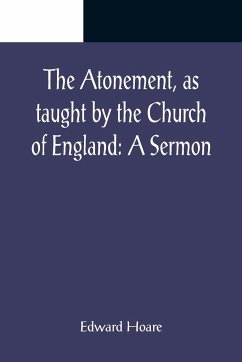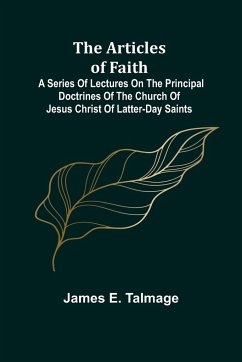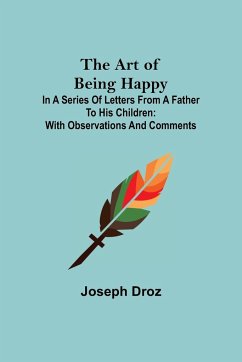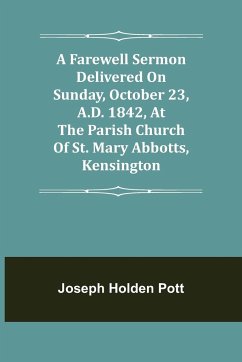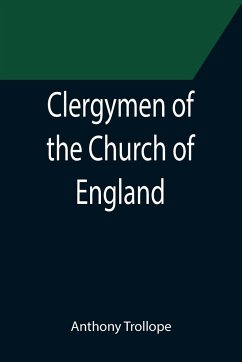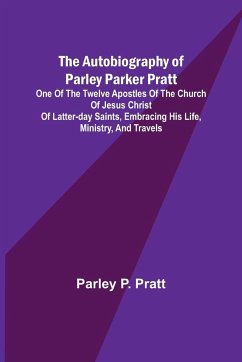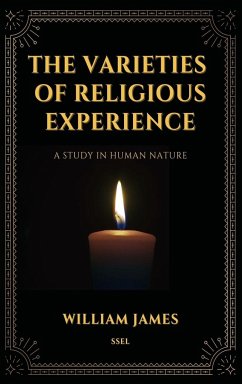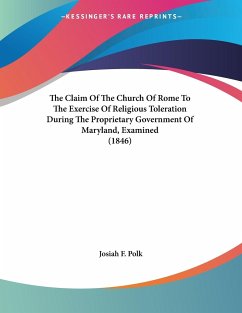
Letters to the Clergy on the Lord's Prayer and the Church
Versandkostenfrei!
Versandfertig in 1-2 Wochen
17,99 €
inkl. MwSt.
Weitere Ausgaben:

PAYBACK Punkte
9 °P sammeln!
Letters to the Clergy on the Lord's Prayer and the Church, has been regarded as significant work throughout human history, and in order to ensure that this work is never lost, we have taken steps to ensure its preservation by republishing this book in a contemporary format for both current and future generations. This entire book has been retyped, redesigned, and reformatted. Since these books are not made from scanned copies, the text is readable and clear.





![Short Sunday Services [microform]: Being Simple Forms of Prayer and Praise for the Use of Christians on the Lord's Day When They Are at a Distance Fro Cover Short Sunday Services [microform]: Being Simple Forms of Prayer and Praise for the Use of Christians on the Lord's Day When They Are at a Distance Fro](https://bilder.buecher.de/produkte/68/68727/68727496n.jpg)
